Dravida Style Temple – Architecture, History & Significance
Introduction
The Dravida Style Temple represents one of the most iconic and influential traditions of Hindu temple architecture in India. Originating in the southern part of the subcontinent, particularly in Tamil Nadu, Karnataka, Andhra Pradesh, and Telangana, this style is known for its towering gopurams (gateway towers), intricately carved pillars, pyramidal vimanas (sanctum towers), and spacious temple complexes. More than just places of worship, these temples reflect the spiritual, cultural, and political life of South India for centuries.
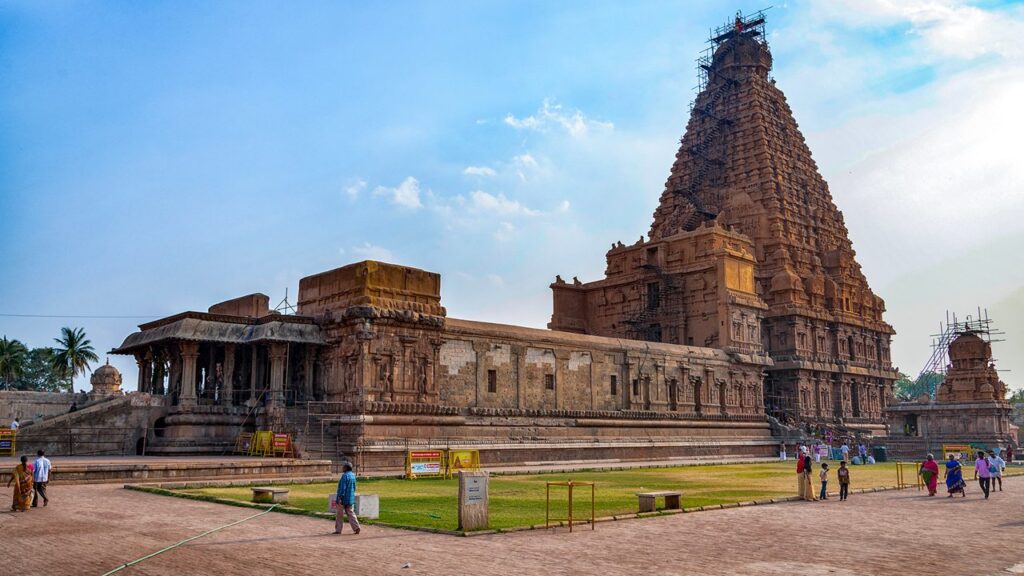
Historical Background of Dravida Style Temple
The Dravida Style Temple architecture evolved around the 7th century CE during the Pallava dynasty and matured under the Chola, Pandya, Vijayanagara, and Nayaka rulers.
- Pallavas (6th – 9th century CE): Early rock-cut shrines and structural temples, such as the Shore Temple at Mahabalipuram.
- Cholas (9th – 13th century CE): Golden age of Dravida architecture; construction of grand temples like Brihadeeswarar Temple at Thanjavur.
- Pandyas & Vijayanagara (13th – 16th century CE): Flourished with larger temple complexes and monumental gopurams.
- Nayakas (16th – 18th century CE): Expanded temple corridors, pillared halls, and mandapas.
The style symbolizes not only devotion but also the power and prosperity of South Indian rulers.
Key Architectural Features of Dravida Style Temple
The Dravida Style Temple is distinct from the Nagara Style of North India. Below are its defining elements:
1. Vimana (Sanctum Tower)
- Pyramidal in shape, consisting of progressively smaller stories.
- Crowned with a shikhara or stupi (kalasha).
- Symbolizes Mount Meru, the cosmic mountain.
2. Gopuram (Gateway Tower)
- Huge, elaborately carved entrance towers.
- Often taller than the main vimana in later temples.
- Acts as a spiritual threshold into the sacred space.
3. Mandapas (Pillared Halls)
- Used for gatherings, rituals, and dance performances.
- Ranga Mandapa in Meenakshi Temple is a famous example.
4. Prakara (Enclosures)
- Concentric rectangular enclosures.
- Marked by gopurams at cardinal directions.
5. Sculptures and Ornamentation
- Deities, mythological scenes, floral patterns.
- Yalis (mythical lions), elephants, and celestial beings.
6. Water Tank (Pushkarini)
- Sacred tank within the temple complex.
- Used for ritual purification before worship.
Comparison Table: Dravida vs Nagara Style
| Feature | Dravida Style Temple (South India) | Nagara Style Temple (North India) |
|---|---|---|
| Tower (Shikhara) | Pyramidal Vimana | Curvilinear Shikhara |
| Gateway (Gopuram) | Tall, dominant, elaborately carved | Small or absent |
| Base Plan | Square, with concentric enclosures | Square with projections (rekhas) |
| Water Tank | Present (Pushkarini) | Rarely present |
| Sculptures | Heavily ornate, mythological focus | Detailed but less monumental |
Symbolism in Dravida Style Temple
- Vertical structure (vimana): Connection between earth and heavens.
- Four cardinal gopurams: Symbolize universality of dharma.
- Mandapas: Spaces for collective participation, reflecting dharmic inclusiveness.
- Sacred tank: Represents purification and rebirth.
The entire temple complex is designed as a cosmic diagram (mandala), representing the universe in miniature form.
Regional Variations of Dravida Style Temple
While the core style remains similar, each dynasty and region brought unique features:
- Pallava Style (Tamil Nadu): Rock-cut and structural beginnings – Shore Temple.
- Chola Style (Thanjavur, Gangaikonda Cholapuram): Monumental vimanas, bronze sculptures.
- Pandya & Nayaka (Madurai, Tirunelveli): Huge gopurams, pillared halls.
- Vijayanagara (Hampi): Ornate pillars, stepped tanks, expansive complexes.
Famous Dravida Style Temples
1. Brihadeeswarar Temple, Thanjavur
- Built by Raja Raja Chola I (11th century).
- UNESCO World Heritage Site.
- Features a 66m tall vimana.
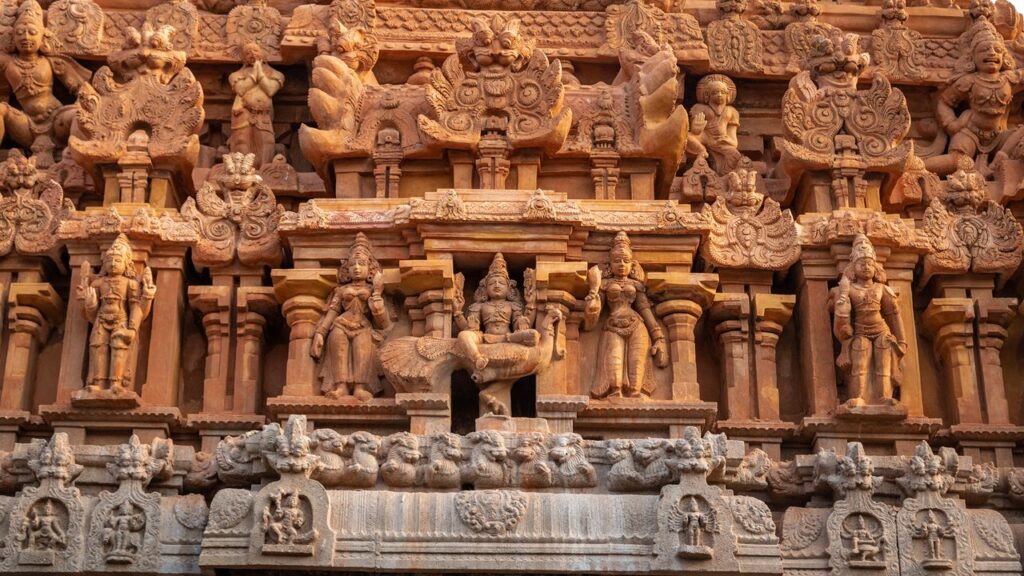
. Meenakshi Amman Temple, Madurai
- Dedicated to Goddess Meenakshi and Lord Sundareswarar.
- Known for tall gopurams, each covered with colorful sculptures.
- A cultural and artistic hub.
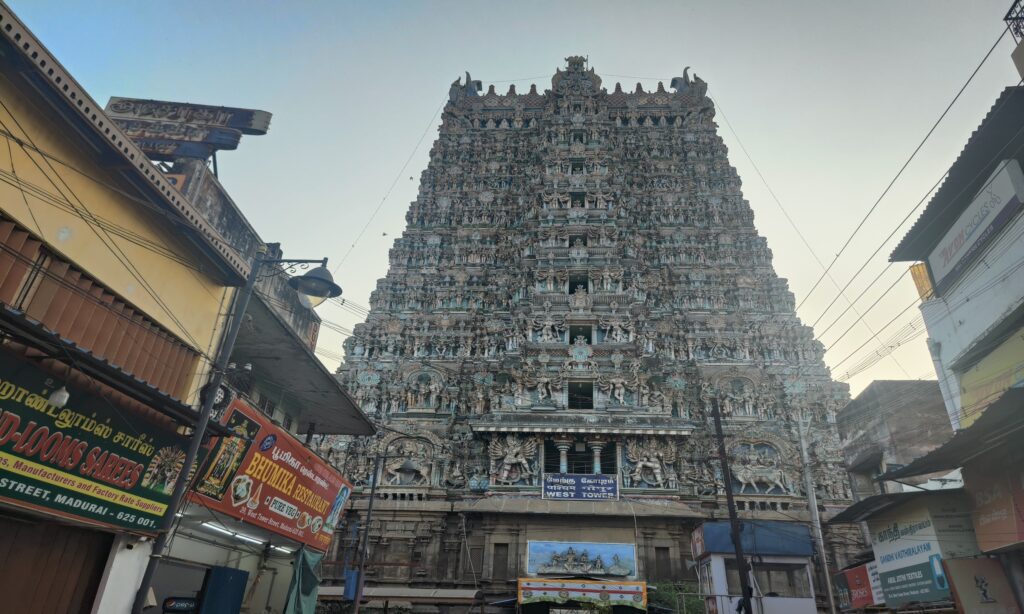
3. Shore Temple, Mahabalipuram
- Built by Pallava king Narasimhavarman II (Rajasimha).
- Early structural example of Dravida style.
- Overlooks the Bay of Bengal.
4. Virupaksha Temple, Hampi
- Dedicated to Lord Shiva.
- Famous for its towering gopuram and pillared halls.
- Part of the UNESCO site at Hampi.
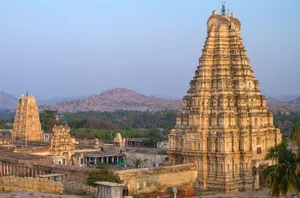
Cultural and Religious Significance
- Centers of Worship: Dedicated to Shiva, Vishnu, and Shakti.
- Community Life: Hosted festivals, music, dance, and education.
- Political Symbolism: Rulers legitimized their power through grand temples.
- Pilgrimage Hubs: Attract millions of devotees, preserving traditions for centuries.
Preservation & Modern Relevance
Today, Dravida Style Temples are:
- Protected as UNESCO World Heritage Sites (Brihadeeswarar, Shore, Gangaikonda Cholapuram, Airavatesvara).
- Maintained by Archaeological Survey of India (ASI).
- Still active centers of devotion and pilgrimage.
- Inspirations for modern South Indian temple constructions worldwide.
Conclusion
The Dravida Style Temple is not only an architectural marvel but also a living testimony to India’s spiritual heritage, cultural richness, and artistic excellence. From the majestic Brihadeeswarar Temple to the colorful Meenakshi Temple, from the seaside Shore Temple to the vast Virupaksha Temple, these monuments embody centuries of devotion and creativity. They remain timeless reminders of how art, religion, and architecture blend to form the foundation of Indian civilization.

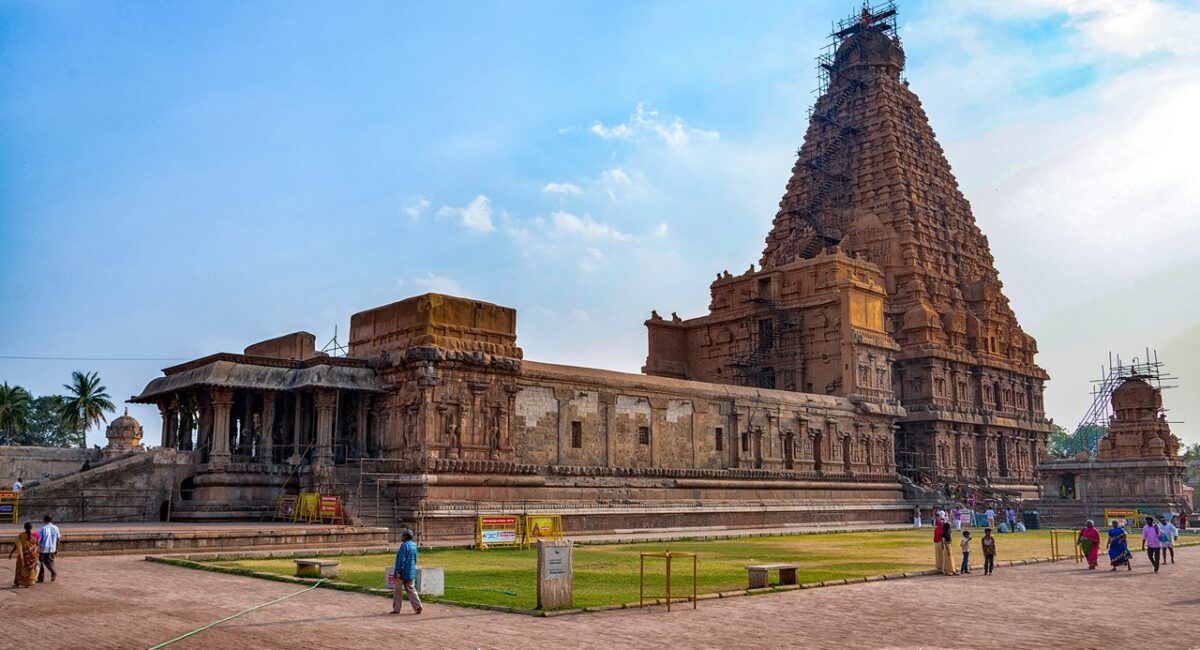
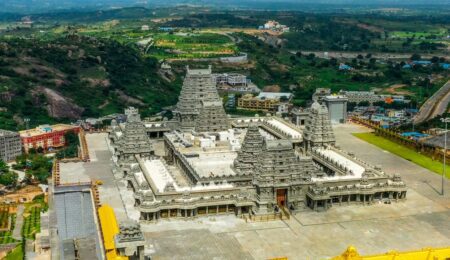
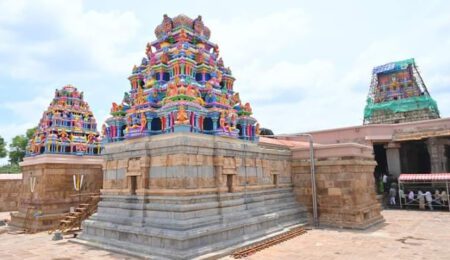
Leave a Comment